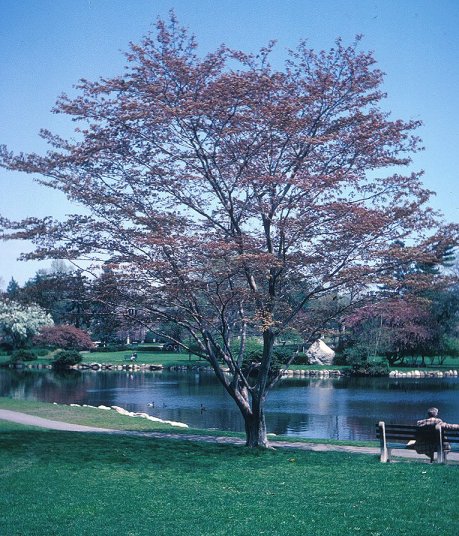| Botanical Name: Acer japonicum 'Aconitifolium' | |
| Common Name: Fernleaf Fullmoon Maple |

-
Anatomy
-
Culture
-
Design
Plant Type
Tree, Shrub
Height Range
6-12'
Flower Color
Yellow
Flower Season
Spring
Leaf Color
Green
Bark Color
Brown, Grey
Fruit Color
n/a
Fruit Season
n/a
Sun
Full, Half, Shade
Water
Medium
Growth Rate
Slow
Soil Type
Clay, Loam
Soil Condition
Average, Rich, Well-drained
Soil pH
Neutral
Adverse Factors
n/a
Design Styles
Formal, Japanese, Woodland
Accenting Features
Fall Color, Silhouette, Specimen
Seasonal Interest
Spring, Summer, Fall
Location Uses
Entry, Shrub Border, Foundation, Patio, Raised Planter
Special Uses
Screen, Small Spaces
Attracts Wildlife
n/a
Information by: Stephanie Duer
Photographer:
Photographer:
-
Description
-
Notes
This lovely maple has all the grace of a japanese maple but with an added toughness. It has an upright, mounded form, and rounded, deeply cut, dark green leaves that turn a rich ruby-red in the fall. Slow growing to 10 to 12 feet tall and slightly wider. Though tougher than the typical japanese maple, fullmoon maple performs best when sheltered a bit from the hottest and coldest our climate has to offer, and so plant it where it will receive a bit of shelter.
Grow in full sun to bright shade in any well-drained soil. Excessive moisture may cause crown rot or the bark to split. Prune selectively to shape and control size (see guides); shearing will cause lots of twiggy growth at the tips and eventually lead to a hard, dense branching (imagine a box with leaves) which in turn encourages pest and disease problems.